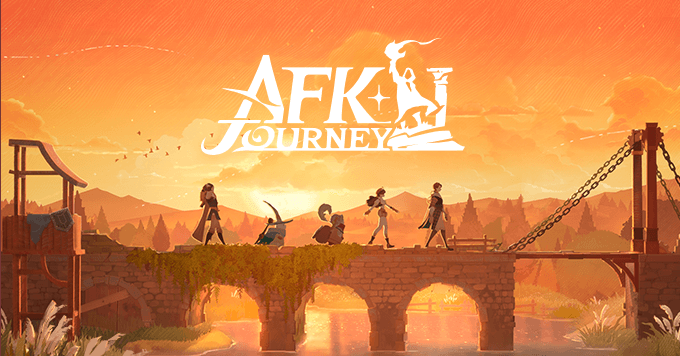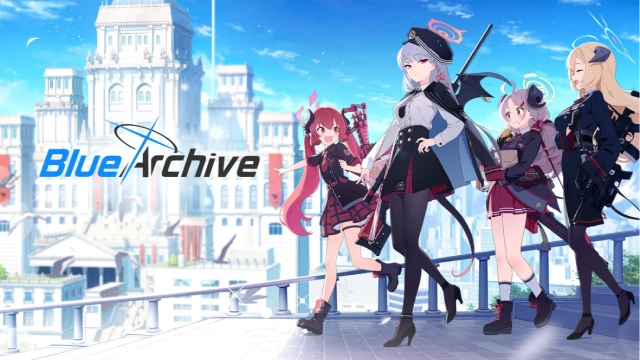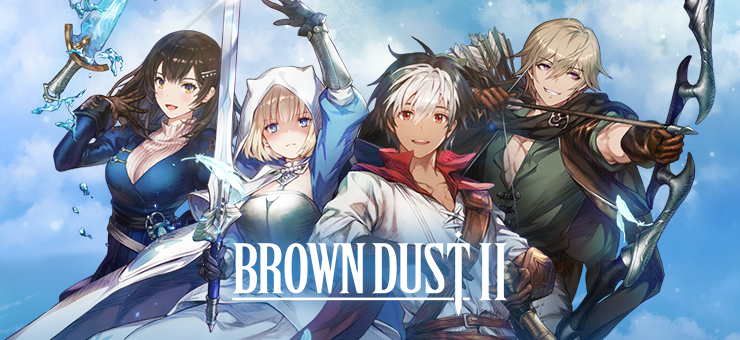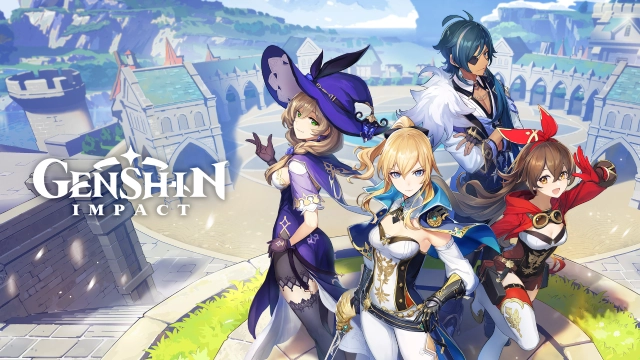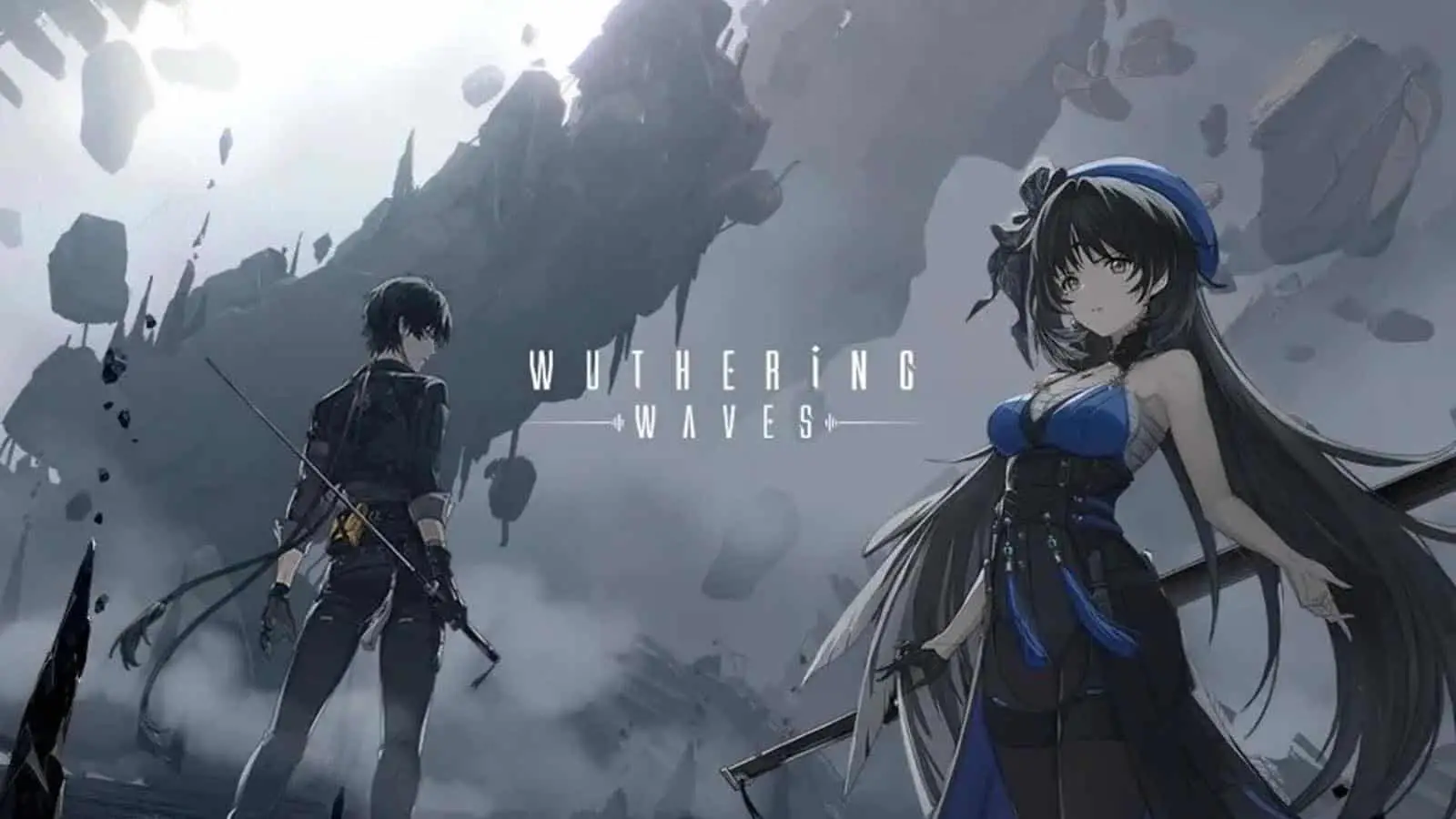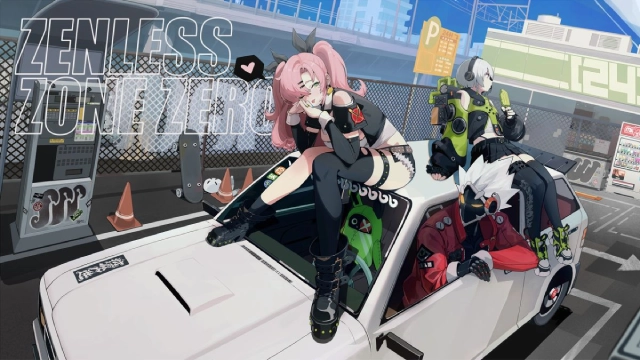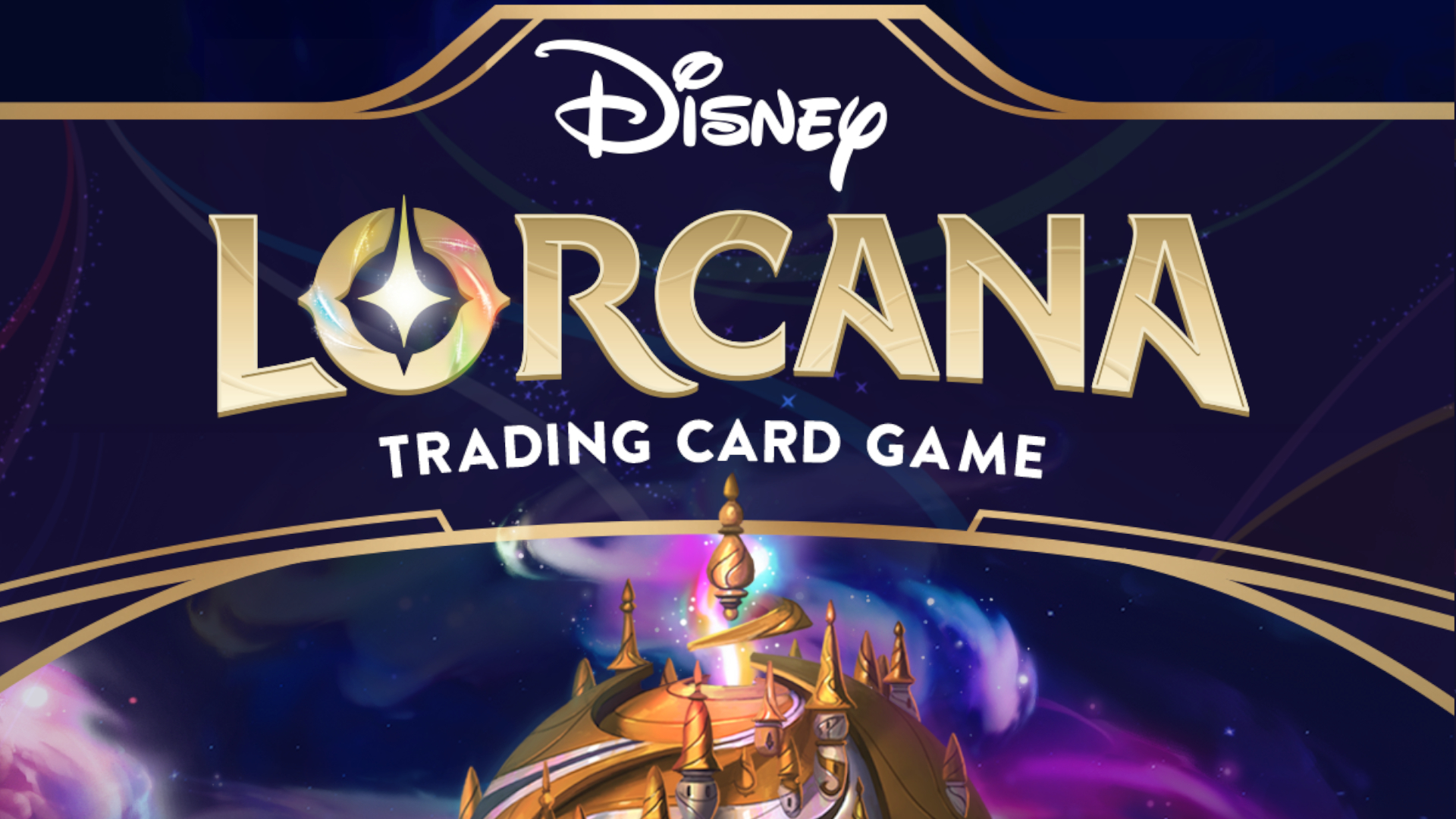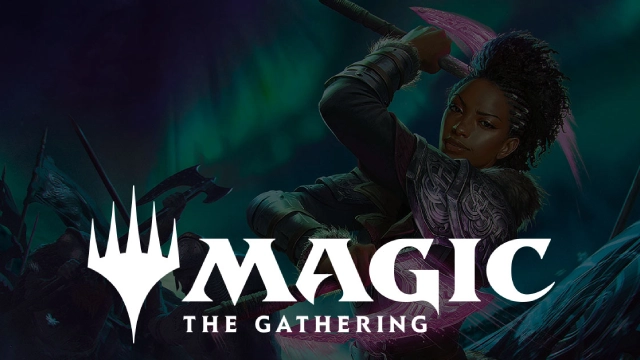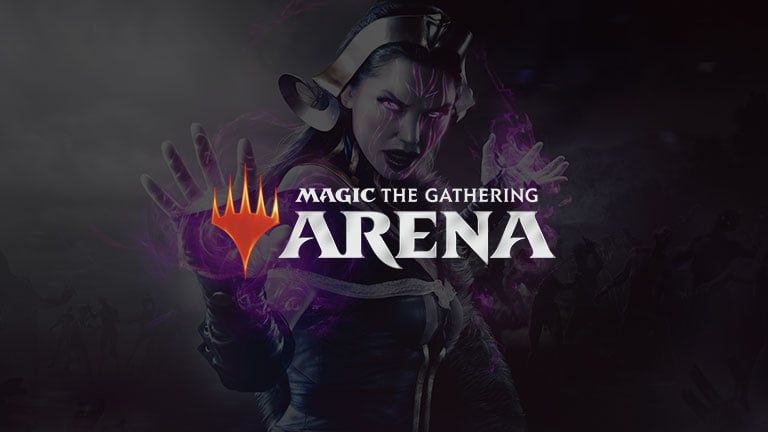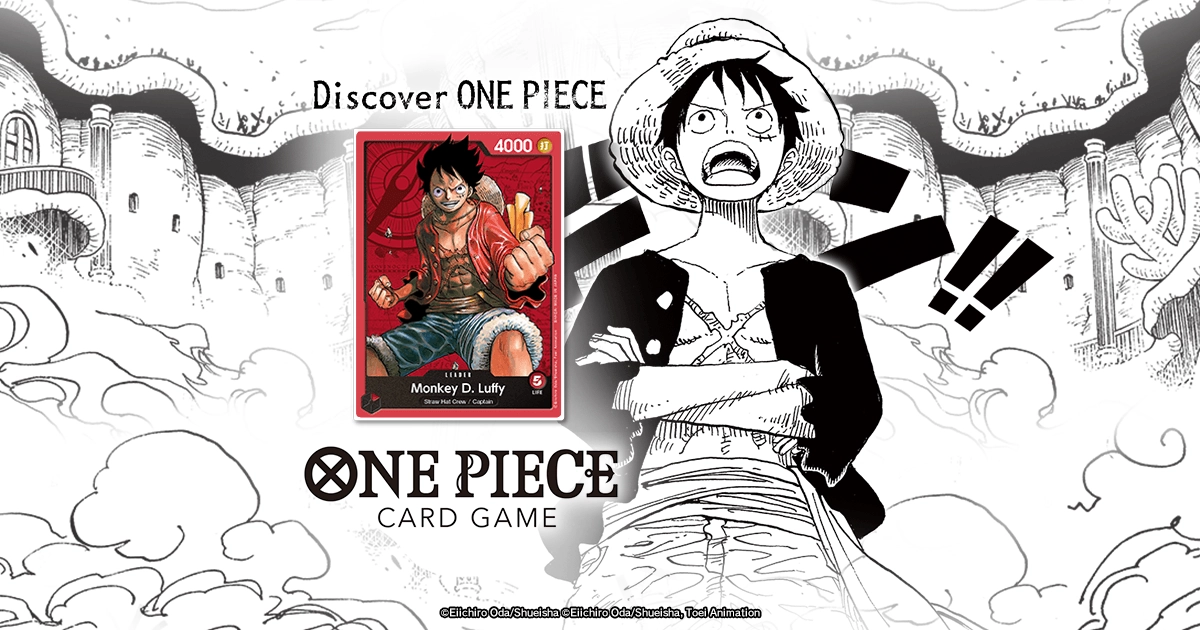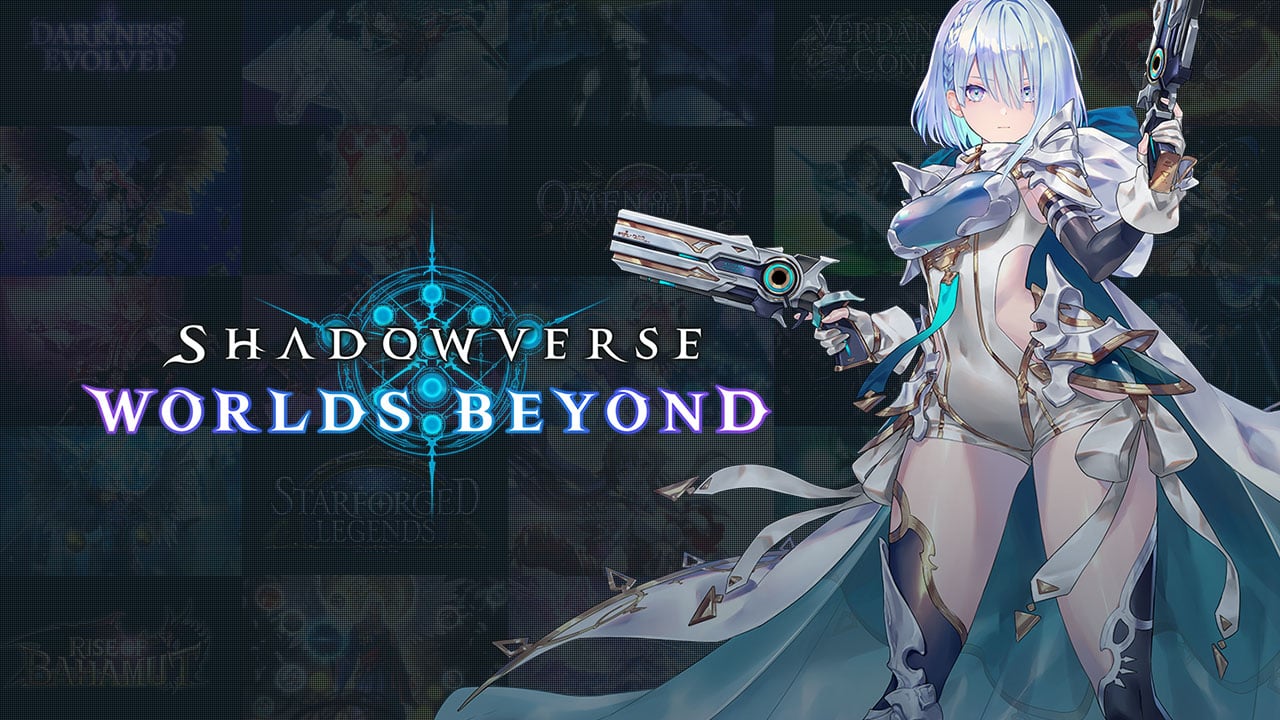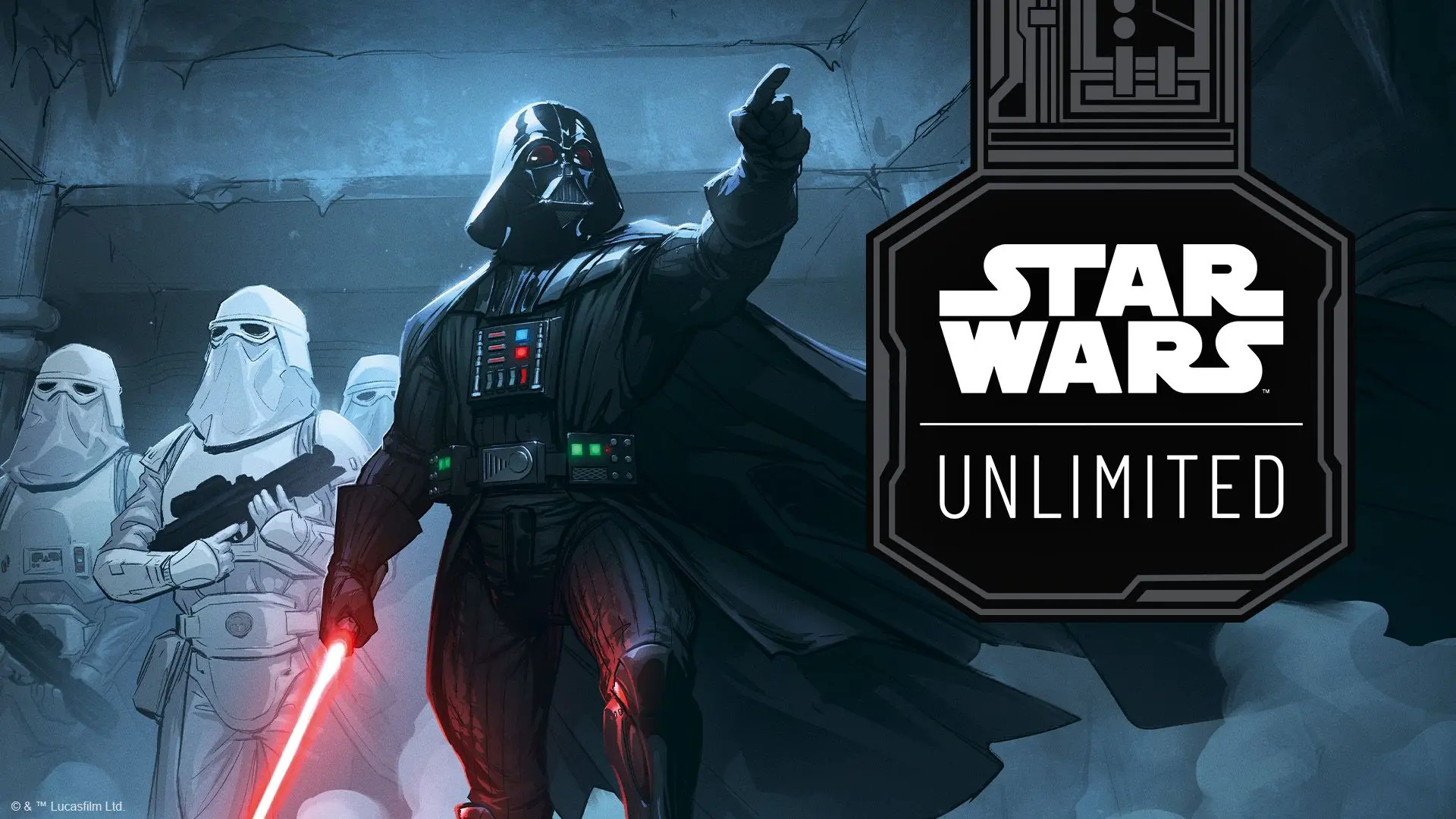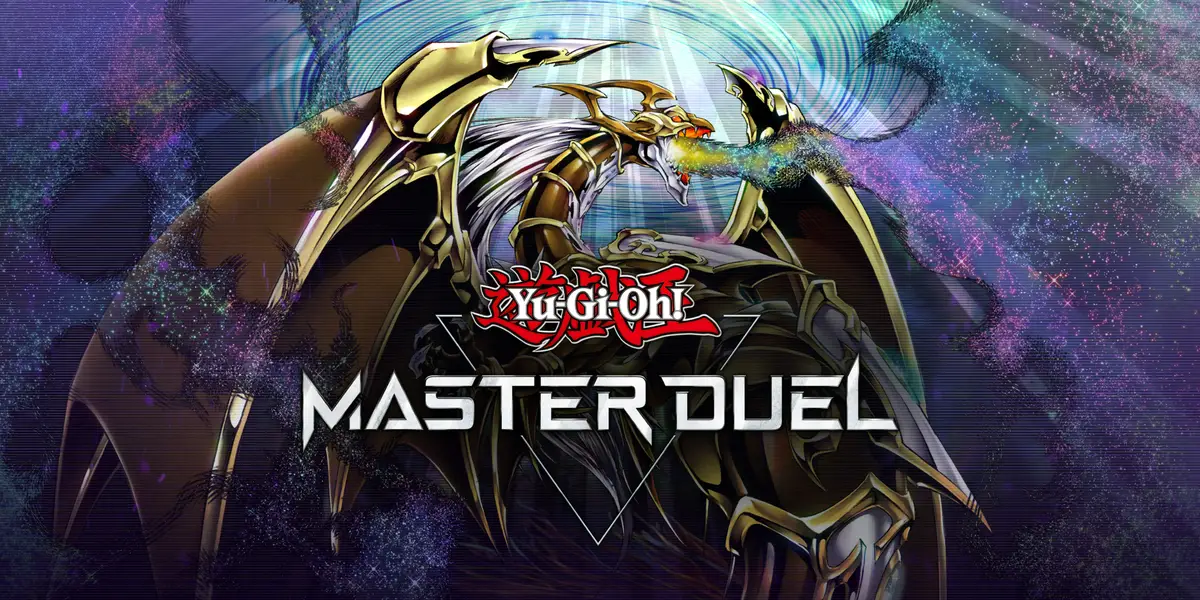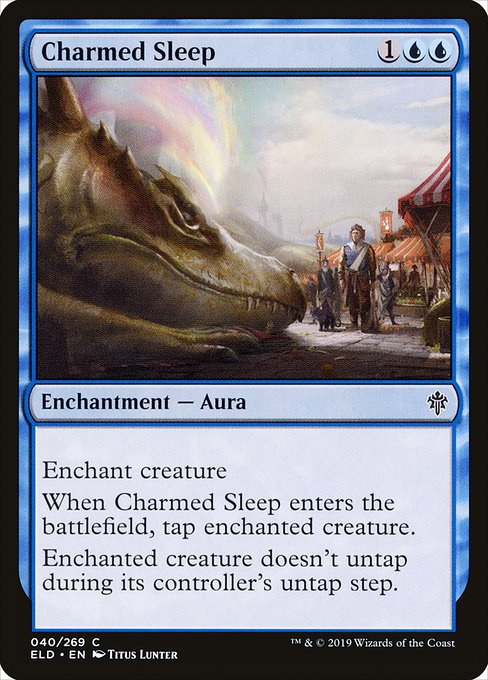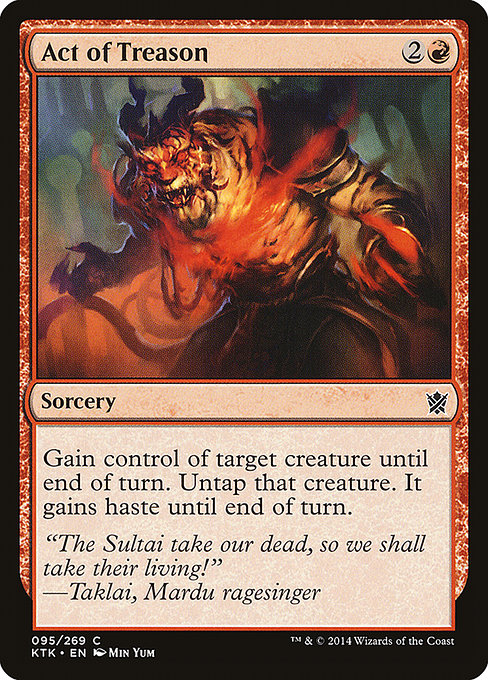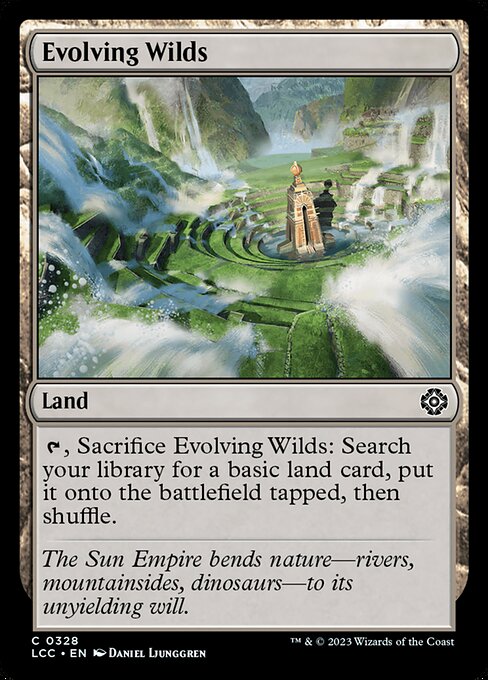Table of Contents
- Not all Combat Tricks are Created Equal
- There is Such Thing as Too Many Two Drops
- A lot of Uncommons are Scams
- Charmed Sleep isn’t the Top Tier Removal it Once Was
- Rakdos is Usually Great if Act of Treason and Sacrifice Outlets are in the Format
- Five Drops are a Dime in a Dozen
- Even the Worst Cards can be Fantastic Post-Board
- Powerful Lands are Irreplaceable
- Reclamation Sage Continues to Overperform
Hey Everyone! It seems like interest in DND: Forgotten Realms draft has been on the decline with the release of Innistrad: Midnight Hunt being only a month away and sweet formats like Ikoria, Kaladesh Remastered, and Amonkhet Remastered temporarily coming back to Arena. As DND: Forgotten Realms approaches its lame duck period, it’s incredibly important for me to reflect on the format and what it has taught and reconfirmed for me when it comes to modern limited gameplay.
So today I want to explain the little tidbits of information that I believe will help you dodge a lot of the common limited mistakes that players make at the beginning of a new format. That way when Innistrad: Midnight Hunt comes around you’ll be able to avoid these pitfalls and steamroll the players who don’t!
Not all Combat Tricks are Created Equal
In order for a limited deck to be successful, you need ways to push your creatures through combat. With removal being so highly sought after, that often means relying on some combat tricks to do the job. What DND draft really highlighted was the disparity in power level that exists between combat tricks. In this set there’s B
Right off the bat, almost every sorcery speed pump spell is going to be bad. It’s just too risky to play one into open mana since the opponent could have a removal spell or a combat trick at the ready to blow you out. Compelled Duel showcases exactly why these sorts of effects are bad. You give your opponent too much control over combat when you’re casting your pump spell as a sorcery which makes it too narrow due to being unusable when you’re behind and need to block.
Next, a combat trick needs to be able to win a race and protect your creature if it’s truly going to be great. What makes Rally Maneuver such a solid trick is that it keeps your creature alive by granting First Strike, a toughness boost, and puts you ahead in the race by granting Lifelink. Bull’s Strength was one of the best pump spells in the set because it also did this by pushing through damage with the Trample it grants while also untapping your attacking creature so that it could block after dealing some damage. It’s crazy what a difference it makes to get damage through while also saving your creature.
You might look at You Come to the Gnoll Camp and assume that it will play similarly to how Run Amok played in Kaldheim, but it just fails so many of these combat trick tests which explains why it’s been so underwhelming in this format. So try to stick to the Bull’s Strengths of the format and not the Compelled Duels unless you want to get outraced or two-for-one’d by removal.
There is Such Thing as Too Many Two Drops
I believe that the two drop slot is the most important area of the curve in modern day Limited. Lacking a threat or answer on turn two will often lead to you falling behind and having the game snowball out of your control. However, recognizing this pattern has led to many players overcompensating in how highly they take two drops and how many they choose to play.
Simply put, most two drops are very mediocre in the late game. Obviously cards like Longtusk Cub and Battle Cry Goblin
This isn’t Standard where you can have such a low curve and hope to succeed. Nearly all games of limited are grindy because they revolve around creature combat and one-for-one exchanges. The late game is almost always reached, and while you’re playing a Steadfast Paladin on turn nine your opponent will be jamming a Planar Ally or Elturgard Ranger that they peeled off the top because they had a higher density of late game plays in their deck.
So keep an eye on that two drop slot and don’t overload on the ones that have diminishing returns in the late game. Even aggro decks need six and seven drops in limited!
A lot of Uncommons are Scams
Wild Shape, Fifty Feet of Rope, Drider, Bag of Holding, Barbarian Class, Dragon’s Disciple, Ingenious Smith, Power of Persuasion, Critical Hit, and Sudden Insight all look super sweet and uniquely powerful at first glance. That in conjunction with them being uncommon often dupes players into playing them. You look at Barbarian Class and you think to yourself, “How could an uncommon with this much text be bad?”.
Our brains love patterns, and more often than not, uncommons are more powerful than commons in limited so you get accustomed to playing the ones you draft. If you get a mediocre vibe from a card on first glance or after your first time playing it, don’t be convinced otherwise by the rarity and the novel of text that’s on the card. DND draft especially showcased this trap since it was loaded with some pretty rancid uncommons.
Charmed Sleep isn’t the Top Tier Removal it Once Was
This is one that I personally learned from DND draft and let me tell you, it shocked me. Since Claustrophobia in original Innistrad, Charmed Sleep effects have been a mainstay in modern limited. They’ve always been great, except I found that this time around my go-to blue removal spell was not quite cutting it like it used to. There are just more creatures with activated abilities, static abilities, and powerful come into play effects and less big, dumb, vanilla creatures like Colossapede.
Lurking Roper, Skullport Merchant, Wandering Troubadour, Death-Priest of Myrkul,
Rakdos is Usually Great if Act of Treason and Sacrifice Outlets are in the Format
Whether it was M14, Magic Origins, or DND limited, one thing has been certain; having a common Act of Treason effect and a couple good sacrifice outlets means that Rakdos is going to be solid in the format. The fact that only one archetype really wants Act of Treason makes it pretty easy to pick up multiple of them.
Having an 11th pick card end up being an Unlicensed Disintegration with upside when built around means that as soon as you see Price of Loyalty, Traitorous Instinct, or Act of Treason at common in a new set, you better take a look at the black cards that they can be paired with it. If the synergies are there, you’ll be able to demolish people early on with Rakdos Sacrifice before other players start to catch on.
Five Drops are a Dime in a Dozen
This principle has been true in modern limited for a while now. You only want at most four to five five drop spells in your average limited deck, and nearly every five drop that’s printed nowadays ranges from playable to very good. This means that while I do love me an Owlbear and do recognize that it is a very powerful card, I don’t value it nearly as highly as solid green early drops like Prosperous Innkeeper or Lurking Roper. Elturgard Ranger isn’t really that much worse than Owlbear and goes way later, so when I’m taking these early plays over powerful five drops I don’t really have to worry about having enough top end in my deck.
Even the Worst Cards can be Fantastic Post-Board
Devour Intellect in particular comes to mind when I think of this. It’s honestly criminal how little I have faced this card after destroying my Rakdos opponents with Lolth, Spider Queen or Iymrith, Desert Doom. It’s atrocious in game one, but after seeing a bomb, it becomes very powerful to wait until turn four and then use a Treasure from an Improvised Weaponry or whatever in order to trade a mediocre card for their best one.
Maybe you faced a Gruul opponent who showed you two Spoils of the Hunt, a
Powerful Lands are Irreplaceable
It’s just way too easy to get to 23 playables in modern day limited. I’ve said this once and I’ll say it again; have your mana base fight for you! For me this makes manlands like Lair of the Hydra first pickable over almost every common and uncommon in the set. I’ve won so many attrition based games in this format after being left with a powerful creature-land after after my opponent and I have traded one-for-one all game and are out of resources.
This also applies for good fixing like Evolving Wilds and Temple of the Dragon Queen, which both go way too late because players are taking mediocre playables over them. Why end with 26 playables and an inconsistent manabase when you can end with 24 and a way higher likelihood of casting your spells? Valuing fixing higher also gives you the opportunity to easily splash that
Reclamation Sage Continues to Overperform
Dawnbringer Cleric is the Reclamation Sage of this set and boy has it overperformed for me. These effects are always so good on creatures because the ceiling and floor are both really high. The best case scenario is when you get a two-for-one answer to their powerful threat or removal, and in the worst case scenario you can still just play it as a slightly below-rate creature. Being able to have access to this effect later in the game with Raise Dead effects is really handy too since it can help get you out of a spot where you’re dying to a top-decked Ranger Class or Paladin Class.
Well that’ll do it for today! Playing more and more limited formats is great because you pick up these patterns and tricks which make a huge difference in your drafting, deckbuilding, and sideboarding of a new set. So keep expanding your limited perspective and reap the rewards of a significantly increased win rate. Not only that, but figuring this stuff out will also help increase how much enjoyment you get from drafting and playing games of limited.
Thanks for reading!
Premium >
Enjoy our content? Wish to support our work? Join our Premium community, get access to exclusive content, remove all advertisements, and more!
- No ads: Browse the entire website ad-free, both display and video.
- Exclusive Content: Instant access to all exclusive articles only for Premium members, at your fingertips.
- Support: All your contributions get directly reinvested into the website to increase your viewing experience!
- Discord: Join our Discord server, claim your Premium role and gain access to exclusive channels where you can learn in real time!
- Special offer: For a limited time, use coupon code L95WR9JOWV to get 50% off the Annual plan!

